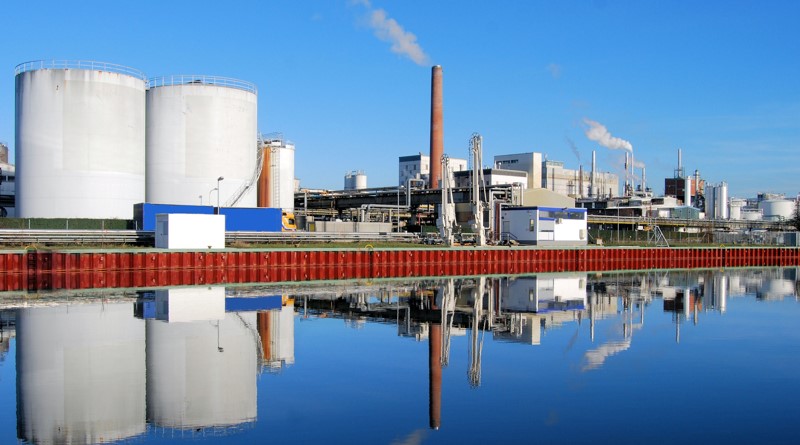Global zero liquid discharge market seen at $11.7 billion by 2030

Stringent wastewater treatment regulations and scarcity of freshwater sources are pushing the growth in the global zero liquid discharge market, with the Asia-pacific region expected to post strong growth till 2030, a new market research report has said.
The global zero liquid discharge market is expected to reach $11.7 billion by 2030 from an estimated $6.4 billion in 2023, at a CAGR of 8.8 per cent during the forecast period, with recovery of valuable resources and growing demand for energy-efficient and advanced water treatment solutions expected to create market growth opportunities.
The growth of the zero liquid discharge market is driven by the need to meet wastewater treatment regulations, a lack of available water and wastewater disposal options, and the scarcity of freshwater sources.
However, high installation, maintenance, and operating costs and intensive energy consumption restrain the growth of this market. Also, upgrading and repairing aging water infrastructure remains a major challenge for the zero liquid discharge market, the research report by Meticulous Market Research said.
The global zero liquid discharge market is segmented into pre-treatment technology, evaporation process, crystallization process, solid waste handling process, and other technologies.
In 2023, the pre-treatment technology segment is expected to account for the largest share of the global zero liquid discharge market. The large market share of this segment is attributed to the stringent environmental regulations and wastewater discharge limits imposed by authorities that incentivize industries to implement sustainable practices like ZLD.
Furthermore, growing concerns over water scarcity and the need for freshwater conservation push industries to reduce their water footprint and maximize water recovery through ZLD systems. In addition, the potential cost savings achieved by recovering valuable resources from wastewater and reducing freshwater intake make ZLD an attractive solution for industries.
While the ZLD market comprises both non-industrial and industrial segments, in 2023, the non-industrial segment is expected to account for the largest sharewith adoption of ZLD technologies by municipalities and hospitals driving growth, leading to increased investments and advancements in ZLD technologies. Moreover, the need for regulatory compliance, hazardous waste management, infection control, water conservation, and resource management are key factors driving the adoption of ZLD systems across non-industrial sectors worldwide.
Over the next few years, the Asia-Pacific region is expected to account for the largest share of the global zero liquid discharge market. Asia-Pacific’s major market share is attributed to the growing demand for advanced treatment solutions, advancements in membrane technology, environmental deterioration, declining availability of clean water, and increased research & development expenditures, the research report said.



